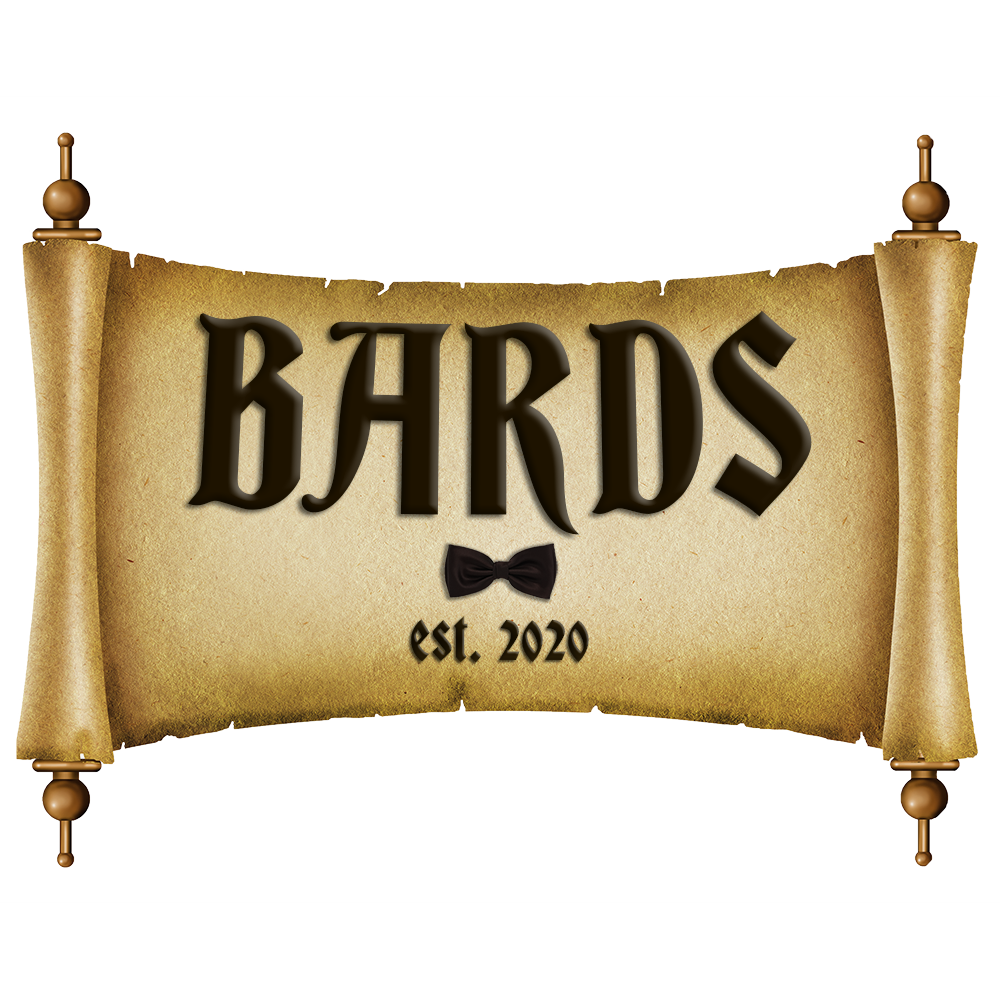It’s giving revolution
I will forever maintain that our nation’s First President, George Washington, was also her first fashion icon. Let’s ditch the lie about chopping down a cherry tree and let’s talk about one of his most iconic moments…The Second Continental Congress. Bickering bureaucrats and white wigs rallied behind a stoic Washington to lead this nations army, because of an outfit.
Context
The Continental Congress served as the government of the 13 American colonies, and later the United States, from 1774 to 1789. The First Continental Congress, comprised of delegates from the colonies, met in 1774 in reaction to the Intolerable Acts, a series of measures imposed by the British government after the colonies resisted new taxes. In 1775, the Second Continental Congress convened after the Revolutionary War had already begun. In 1776, it took the momentous step of declaring America’s independence from Britain. Five years later, the Congress ratified the first national constitution, the Articles of Confederation, under which the country would be governed until 1789, when it was replaced by the U.S. Constitution.
Roll Call
Almost every significant political figure of the American Revolution served in the Continental Congress, including Samuel Adams, John Adams, John Hancock, John Jay, Alexander Hamilton, Thomas Jefferson, Benjamin Franklin, James Madison, Patrick Henry and George Washington.
The Man, the Myth, the Legend
Washington, at his core, was obsessed with his image. His life has been one of happenstance. He was opportunistically elevated in society, by someone’s death or a marriage. Finding himself in high society, he poured time, money and resources into building an image. Standing 6'‘2”, he was a beacon in any room he entered and knew how to wield it. Washington had a respected military reputation based on his time serving in the French and Indian War, lending him respectability and a certain level of expertise. When the call went out to attend the Continental Congress, he understood the assignment.
Washington designed a buff and blue colored uniform sewn by an indentured servant at Mount Vernon named Andrew Judge; and wore it throughout his time in Philadelphia. Washington's presence also helped his cause; several contemporaries described his appearance as majestic. Benjamin Rush explained that, "He has so much martial dignity in his deportment that you distinguish him to be a general and a soldier from among ten thousand people."
The Moment
The Second Continental Congress met inside Independence Hall beginning in May 1775. It was just a month after shots had been fired at Lexington and Concord in Massachusetts, and the Congress was preparing for war. The nation was not yet nation and many delegates were timid about going up against the greatest military force the world had ever known. Certain colonies advocated to appeal to King George III and beg to sweep the whole misunderstanding under the rug. The northern colonies, under occupation, screamed and pleaded to take up arms.
Washington had fought for the British earlier in his life, he understood their tactics, he also understood what was happening in these newly formed colonies. He attended the Continental Congress in his military uniform, while all other representatives attended in suits. The Revolutionary War had started, and a void was left open with no leader. As the attendees bickered back and forth, the gigantic presence that was Washington began to creep into people’s minds. Not one for verbal spectacle, Washington sat and represented Virginia. An army drawn from all of the colonies with a Virginia commander would make the Massachusetts cause a struggle shared by the entire continent…. As delegates bickered for days on end about peace or war, there sat a man, his outfit embodying his preparedness for war, his temperament extoling his understanding of the great responsibility. Washington's unanimous choice signified the beginning of a process to create a national military force.
In his statements after his appointment, Washington pledged obedience to the civilian authorities in Congress. He declined a salary, asking only that he be reimbursed for expenses he accrued during the conflict. In his acceptance speech of June 16, Washington sounded the appropriate chords of humility in stating, "I am truly sensible of the high Honor done me in this Appointment… I do not think myself equal to the Command I am honored with."
Once in command one of his first acts was to issue uniforms to the army. Up until then, people just kind of showed up in whatever they had, but that would not fly under Washington’s watch. The man obsessed with image wanted to send a message that this was not some ragtag group of farmers hobbled together, he wanted the soldiers to look at each other as brothers in arms. As the Army marched through towns, he wanted citizens of this country to look upon this united force, fighting for their right to be a free nation.
Without campaigning, or a series of grand speeches, Washington sent a clear message that he was ready to lead these colonies to independence, and he did so by showing up, dressing the part. Where would we be had he decided to dress like everyone else?



